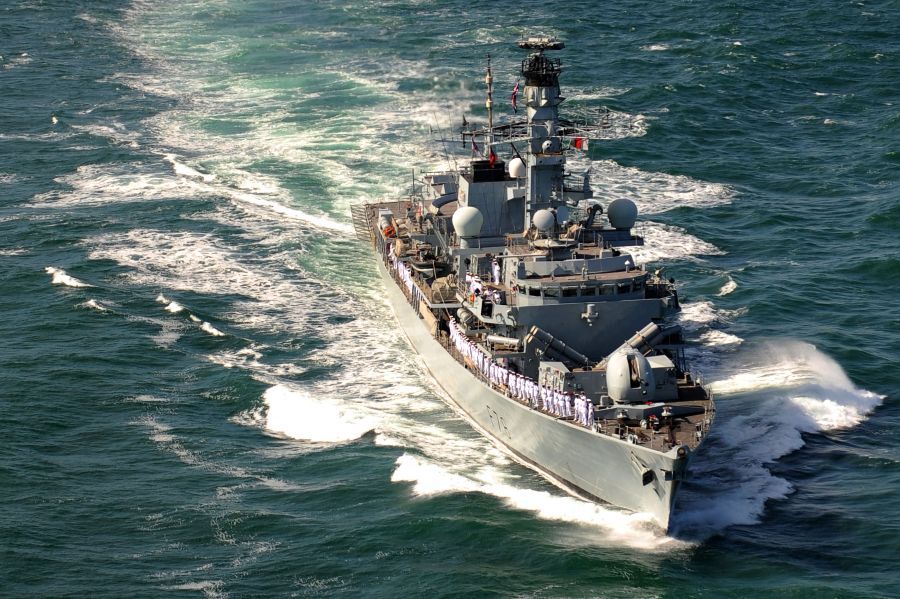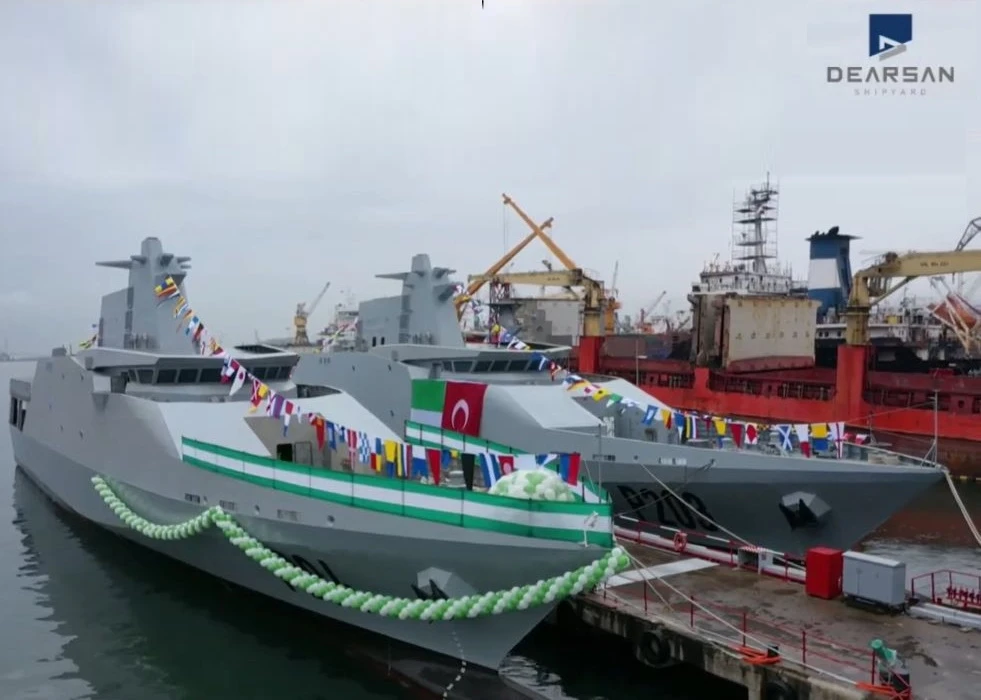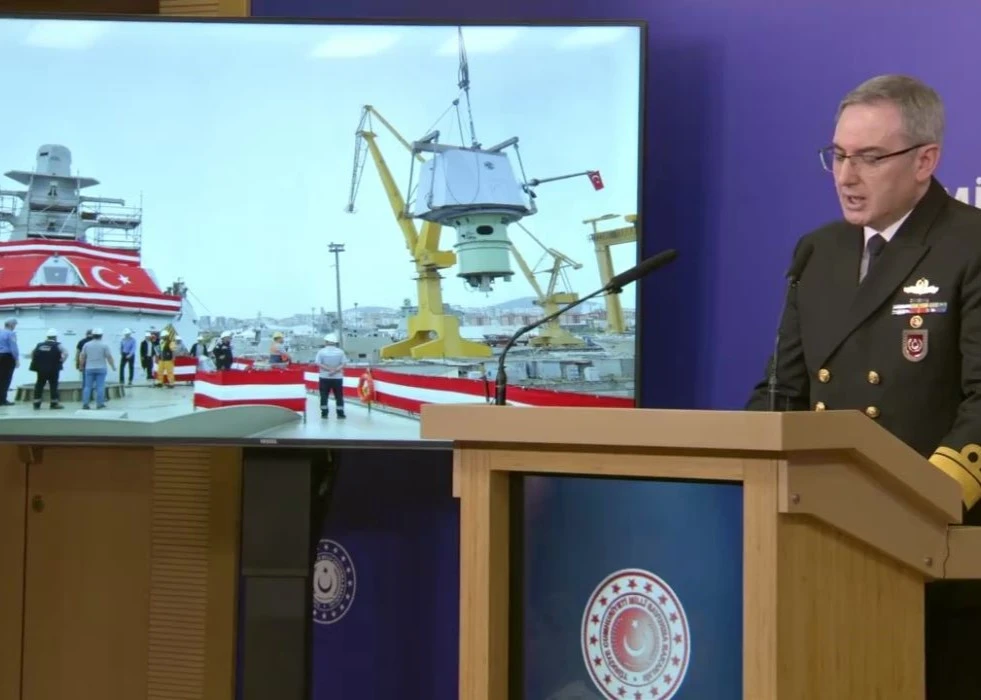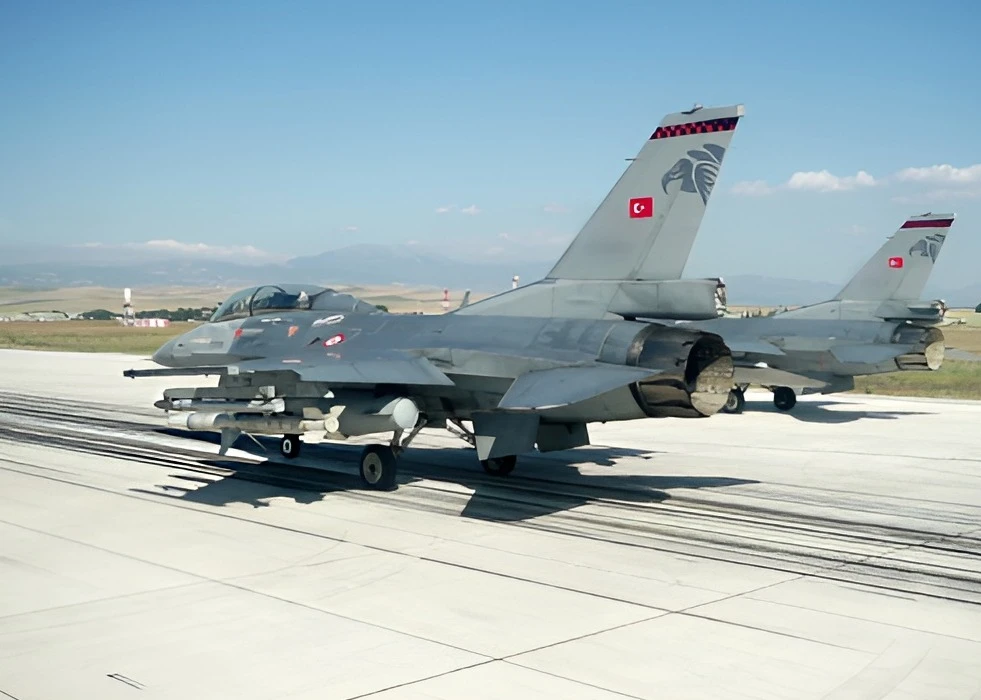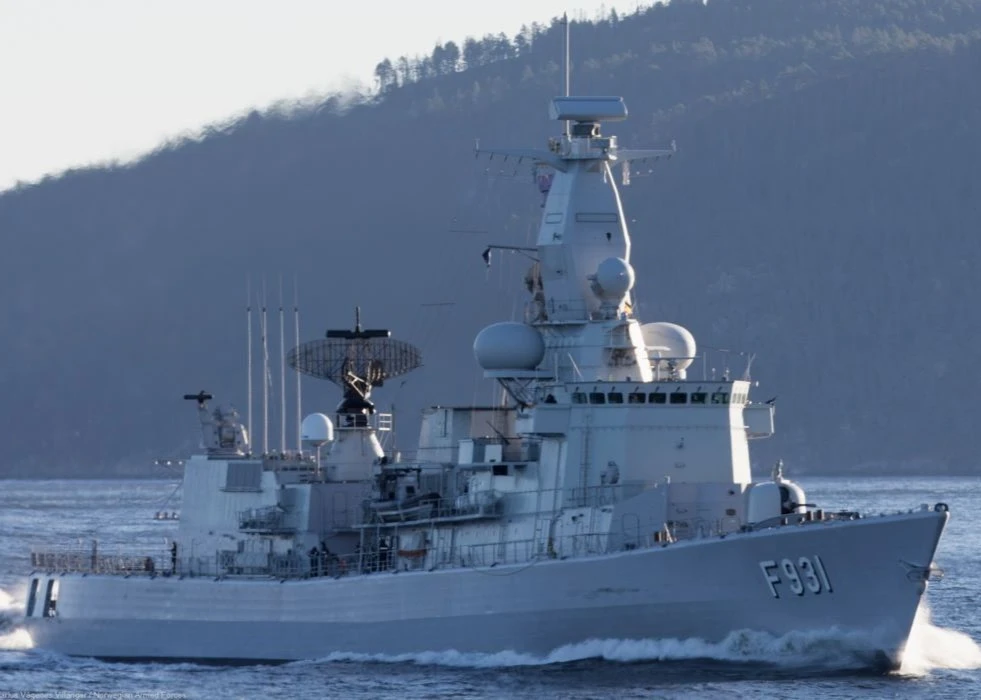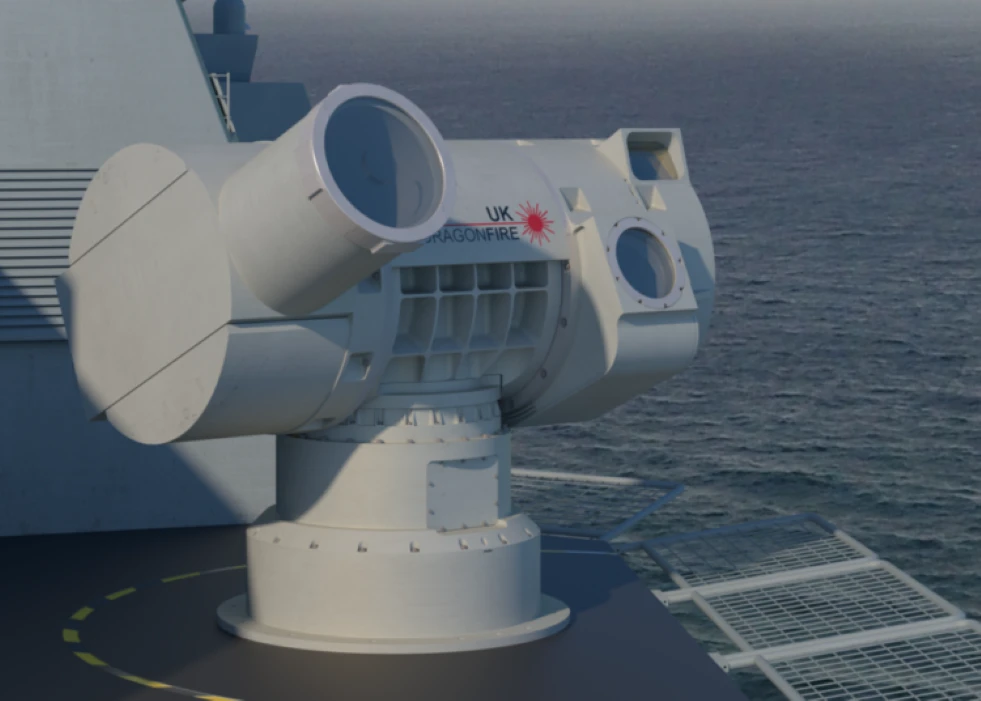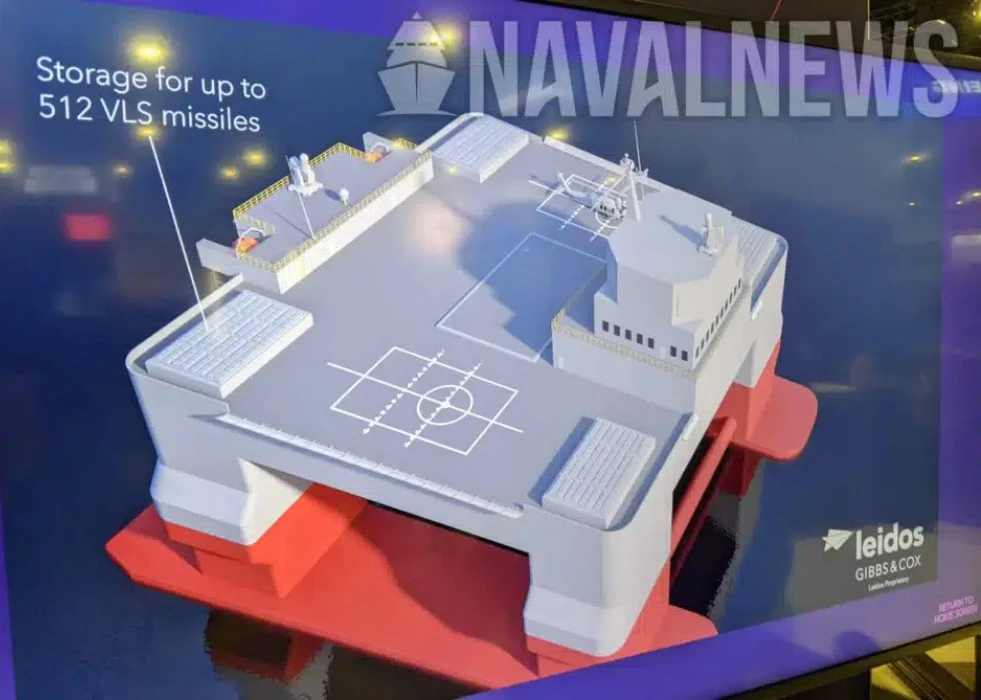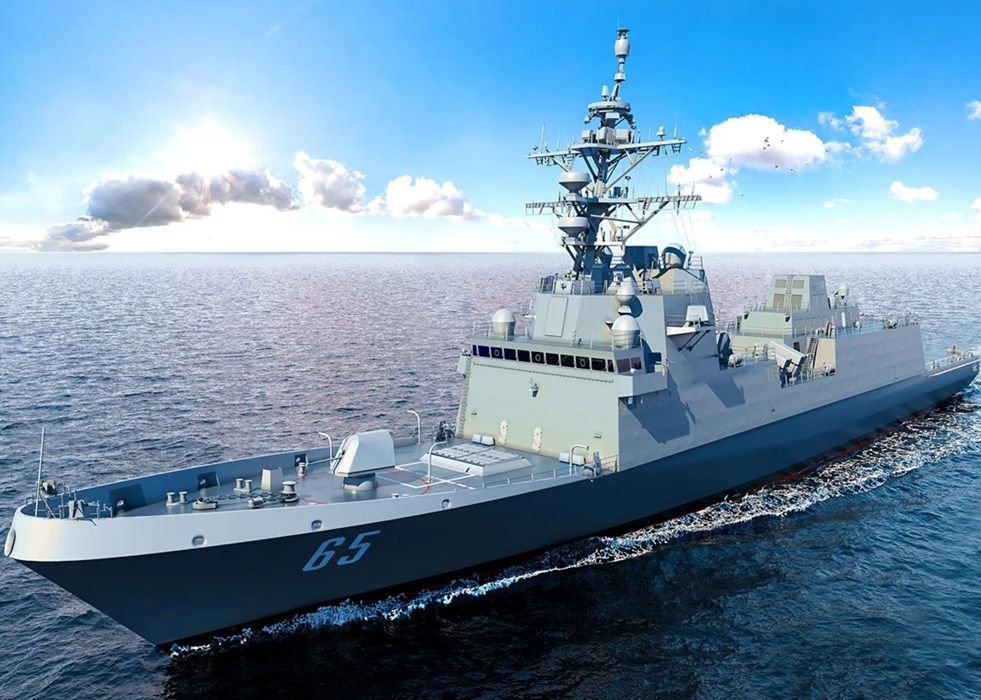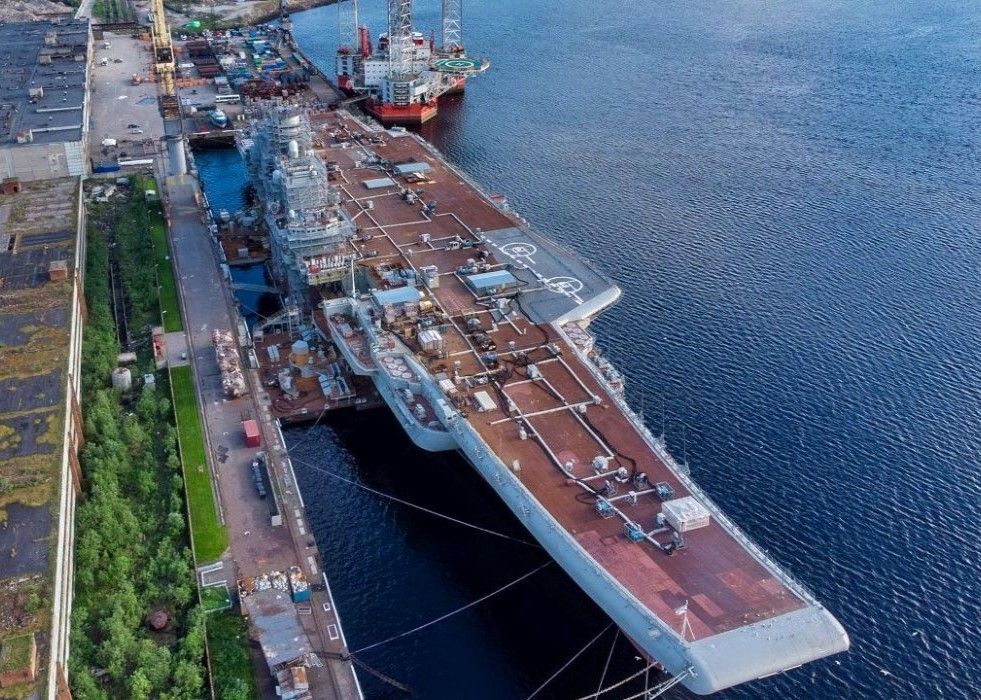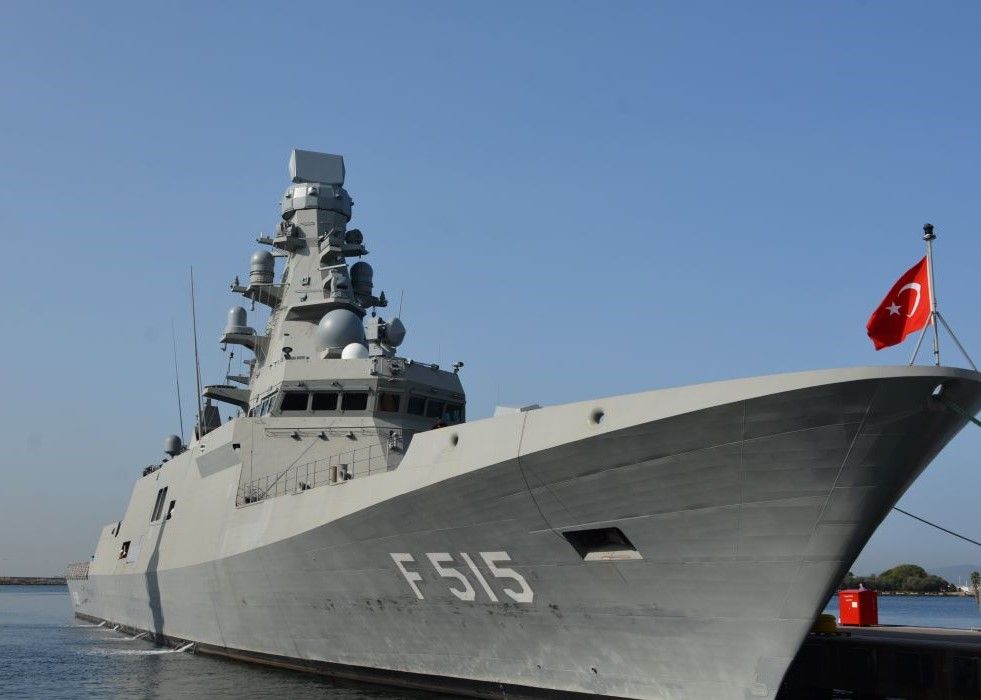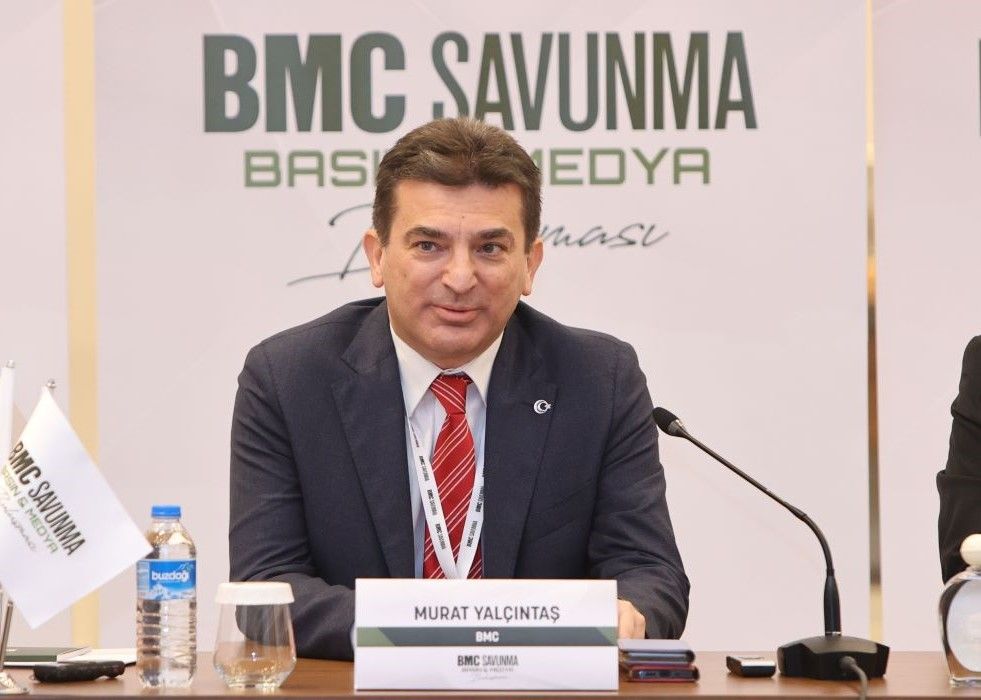According to the news published at Istanbul-based MarineDeal News, it was claimed that Ankara agreed with London on the acquisition of 12 Type 23 frigates. TurDef brought together the framework for the process and the procurement of ships in an exclusive analysis.
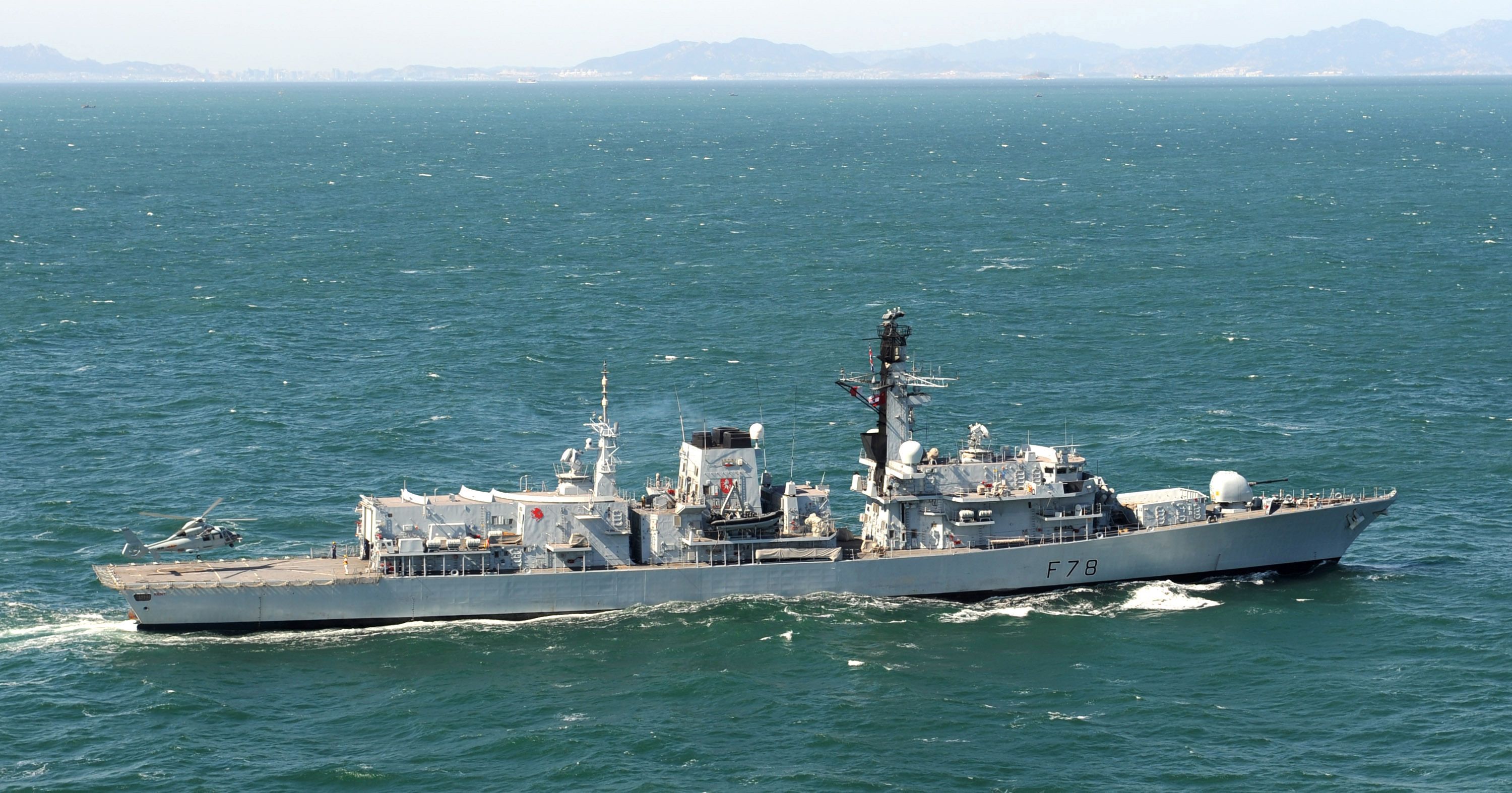
Type 23 class frigates were developed for anti-submarine warfare purposes. Also known as Duke class, ships are equipped with CODLAG (Combined Diesel Electric and Gas) propulsion. The system enables the vessel to silently cruise at speeds of up to 17 knots in the electric drive when necessary. Although this feature provides the ability to perform anti-submarine warfare tasks twice as fast, it is known to bring some power problems during towed array sonar operations.
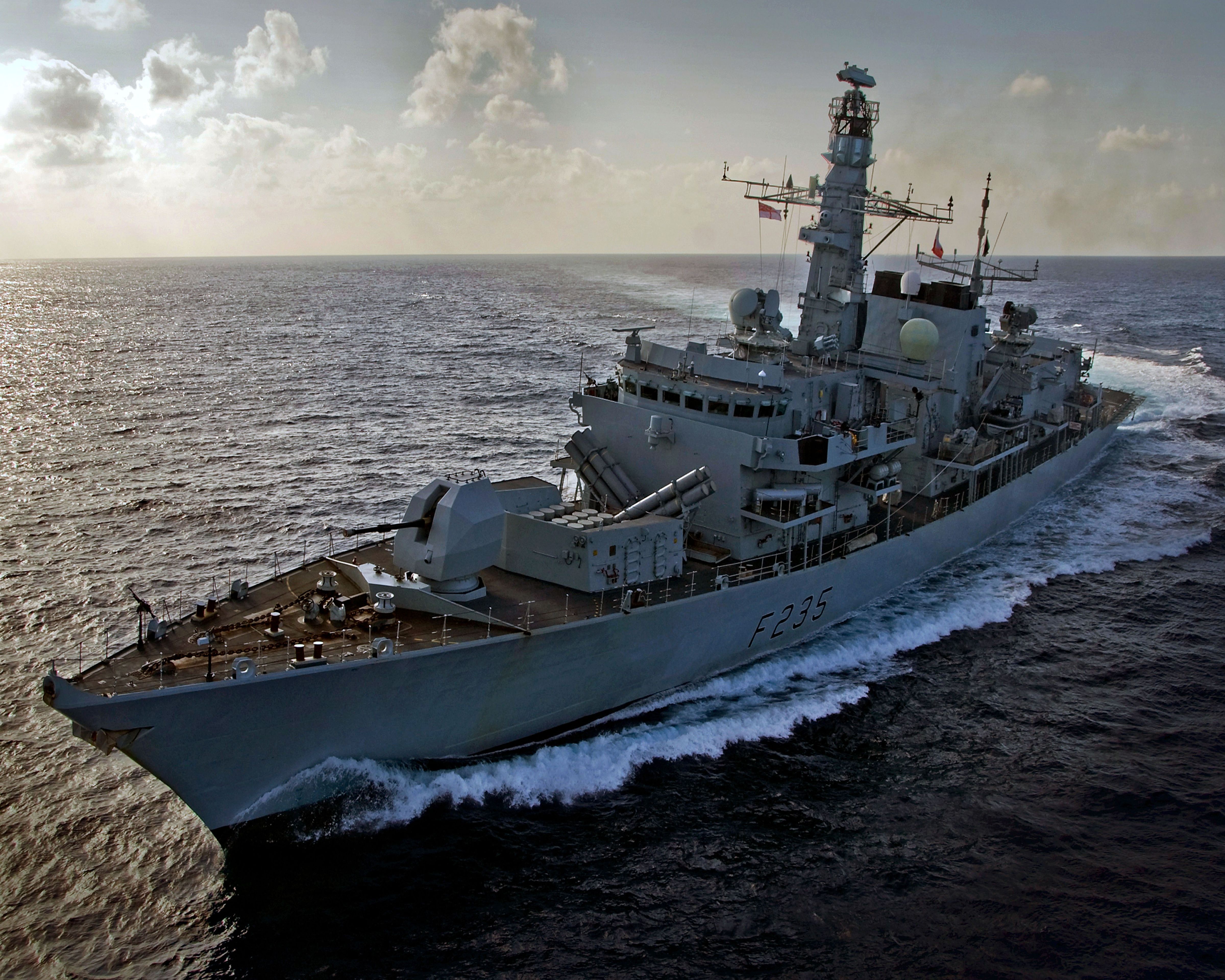
The ships, the first of which were launched in 1987, participated in numerous combat missions and operations, including the Gulf War. During a significant part of this process, the ships were worn out due to intensive use as they remained the only frigate class of the Royal Navy and due to being at sea for many years. For this reason, a Mid-Life Upgrade (MLU) programme called LIFEX was initiated. In the first stage, it was stated that a budget of 600 million Pounds was allocated for 13 ships. However, in the following periods, it was announced that HMS Monmouth (F 235) and HMS Montrose (F236) were not modernised, and all their weapons were stripped-off and removed from active duty as a result of the Review Report published by the Ministry of Defence. During the upgrade activities, more structural wear than detected than expected in some ships.
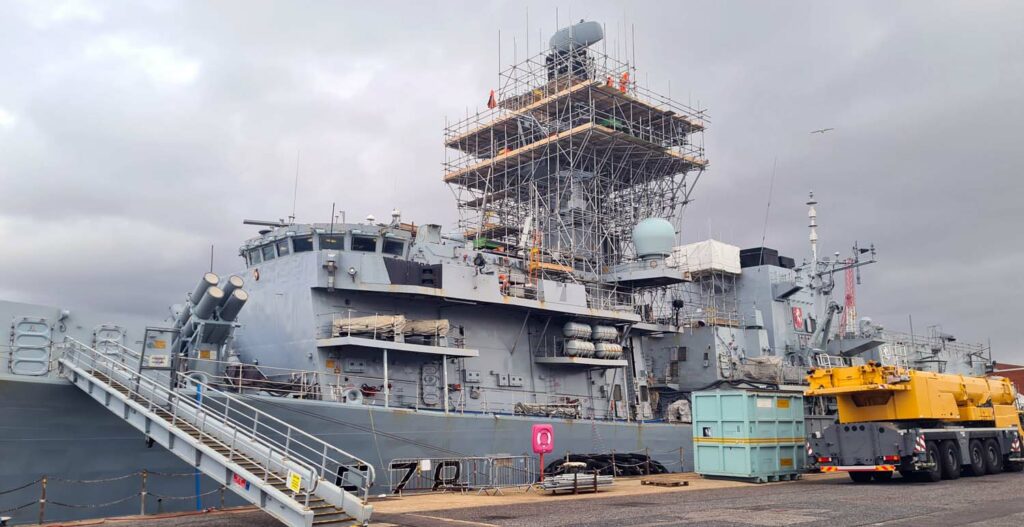 For this reason, it was stated that there was an increase in
costs. Time spent in the dry dock was also longer than planned. However, there
is no official information about the finalised net cost.
For this reason, it was stated that there was an increase in
costs. Time spent in the dry dock was also longer than planned. However, there
is no official information about the finalised net cost.
In addition to structural improvements and repairs, Sea Wolf surface-to-air missiles on ships were replaced by Sea Ceptors as part of the life extension modernisation. Transom flaps and various special paints and coatings that will increase full speed were also applied to the platforms. The Sea Wolf Mid Life Update (SWMLU) improves the sensors and guidance of the missiles, point defences are further enhanced with new remotely operated 30 mm guns, and Mod 1 of the Mk8 main gun has an all-electric loading system and a smaller radar cross-section. The communications and command systems are also upgraded.
The ships underwent a separate upgrade from LIFEX for diesel generators driving the electric propulsion system. Within the Power Generation Machinery Upgrade (PGMU) programme, application to 11 platforms is planned in the first stage. However, a definite statement has yet to be made about how many ships will be upgraded. Essentially the upgrade replacement of the four main propulsion diesel-generator sets to provide much greater fuel efficiency and performance, especially in hotter climates.
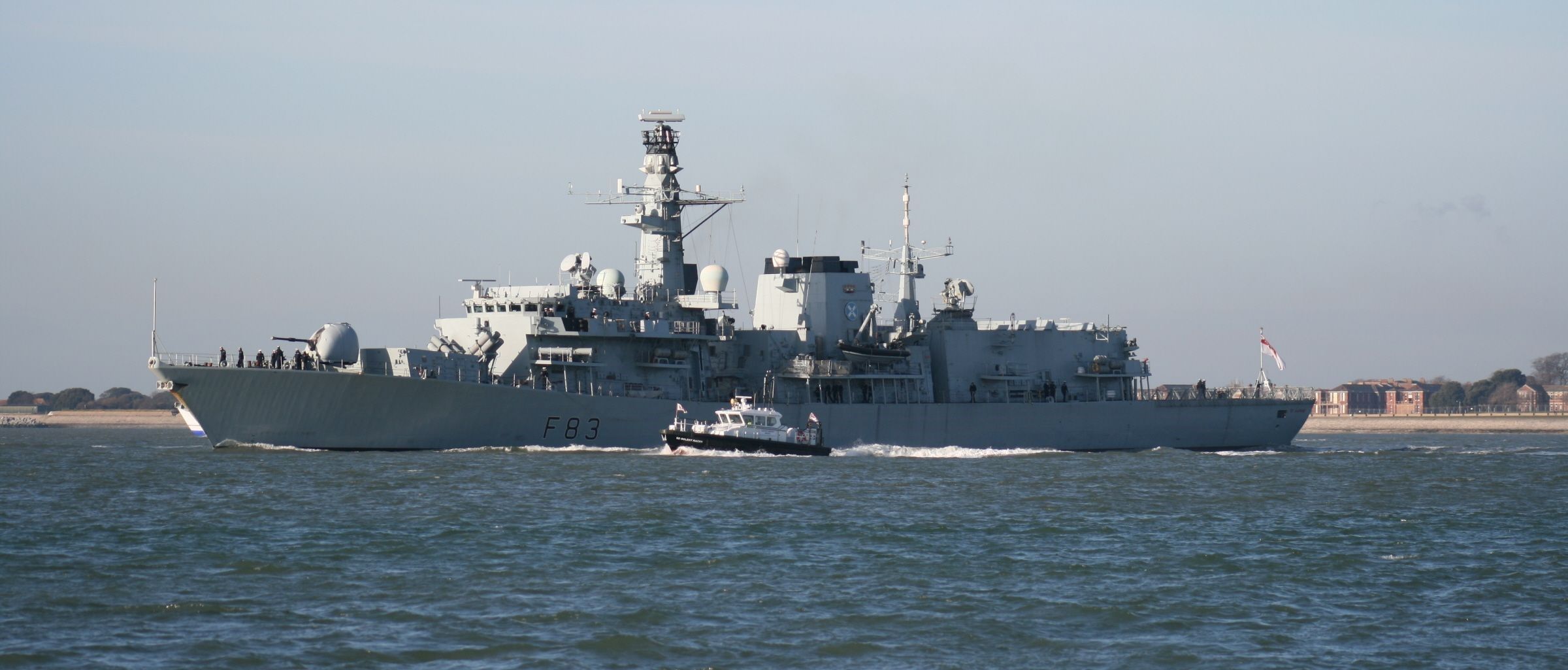
A period of 19 to 28 months was planned for the upgrade of each ship. However, some of the issues detected on the ships were beyond the expected extended time on some platforms. The outbreak of the COVID-19 pandemic during operations has resulted in a reduction in the number of qualified personnel. This situation also has a significant share in the delays.
On the other hand, the fact that enlistment in the Royal Navy remained lower than planned during the epidemic, and the resignations caused a shortage of qualified personnel. For this reason, it is known that the force has a trained crew problem.
The Royal Navy plans to replace Type 23s with a combination of Type 26 and Type 31 frigates. Altho, HMS Queen Elizabeth (R 08) and HMS Prince of Wales (R 09) are on active duty, and new frigate projects are behind schedule. The fact that the ships are the only frigate class in the Royal Navy inventory increases the task load. It is inevitable that compromising the anti-submarine warfare capability, which is vital for aircraft carrier task groups, will have a high cost in today"s tense environment.
In addition, although the U.K. had previously offered cooperation for Type 26 to Turkiye, the Turkish side rejected the British offer in favour of a domestic ship project (MİLGEM). Furthermore, the Turkish Defence Industry Executive Committee (SSİK) decided to initiate the construction of three İstif Class frigates at the private shipyard. This may undermine the Turkish marine industry. Ada Class four corvettes for ASW are already in the inventory too.
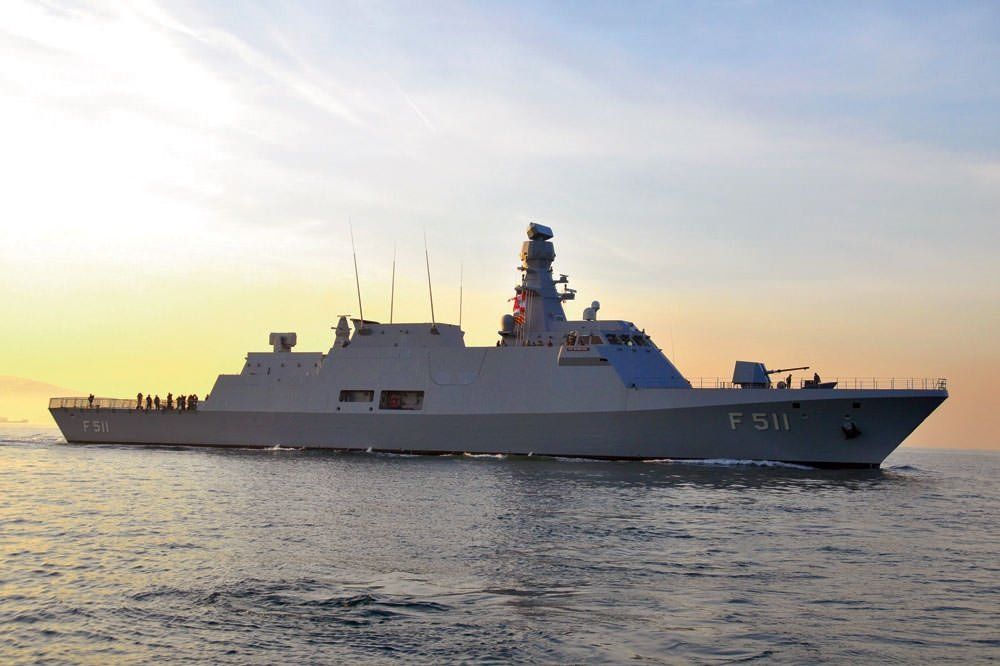
Given the reasons mentioned above, it does not seem possible to acquire 12 ships at once. It is known that the Turkish Navy is experiencing issues due to the lack of sufficient ships present. However, the situation of the Royal Navy does not make it possible to supply the 12 platforms claimed in the sources. However, if there is an agreement, the deliveries will likely spread over the years. This situation makes it inevitable that the ships to be delivered will be quite worn and be at the end of their useful life. Considering the existing domestic shipbuilding projects and the steps for private shipyards to accelerate the construction processes, procurement of the claimed size is impossible. It is evident that the effort will not bring an urgent solution to today"s problems.
The logistical dimensions of the issue should not be ignored. The Turkish Navy has weapons, systems, and electronic infrastructure, mainly originating from the United States based on imported weapons. There has been no military ship purchase and sale transaction between the United Kingdom and Turkiye since the Second World War. For this reason, Turkiye mainly uses the U.S. school systems inventory as imported equipment.
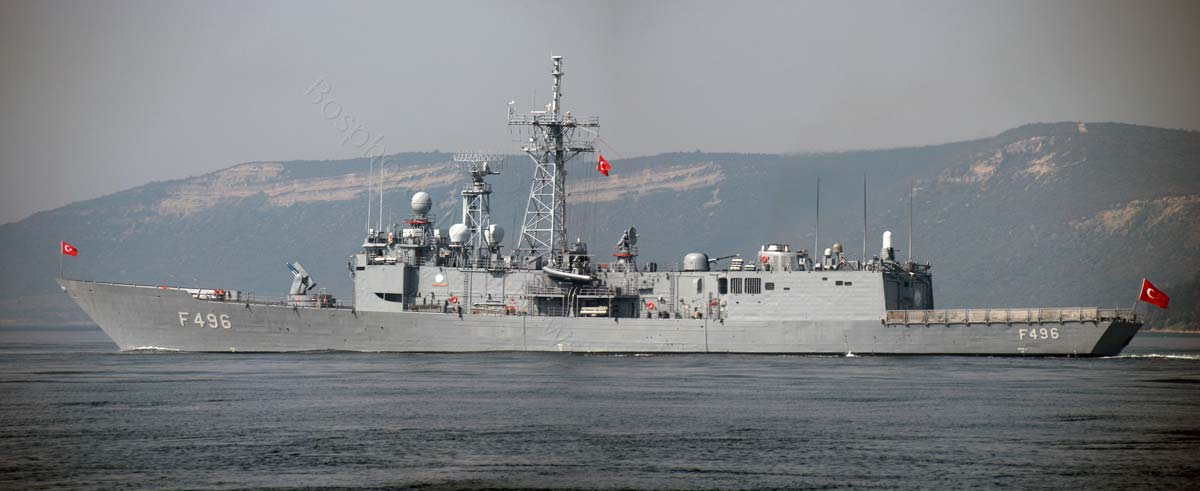
All of the weapons, except the RGM-84 Harpoon, on Type 23 class ships, are in the strange equipment status for Turkiye. Especially the 4.5 inch (114 mm) main gun is an issue that will cause problems for Turkiye even in terms of ammunition.
In order to prevent the problems that new weapons and equipment will bring, procurement of the platforms in a stripped-off configuration can also be seen as a separate solution. This issue will bring along a long integration and installation process. In addition to the empty hull financing of the ships, an integration option is an issue that will bring significant additional costs. Turkiye"s previous problems in purchasing Oliver Hazard Perry-class frigates should also be considered in this regard.
Considering all these cost dimensions of the claim, it is obvious that a possible procurement will not solve the urgent requirement for major surface combatants. It is known that in the time that will pass until the platforms are used efficiently, domestic projects already in progress will mature and become available. Therefore, a possible Type 23 agreement is likely to impose a heavy financial burden and even affect domestic programmes, posing the risk of budget cuts.

